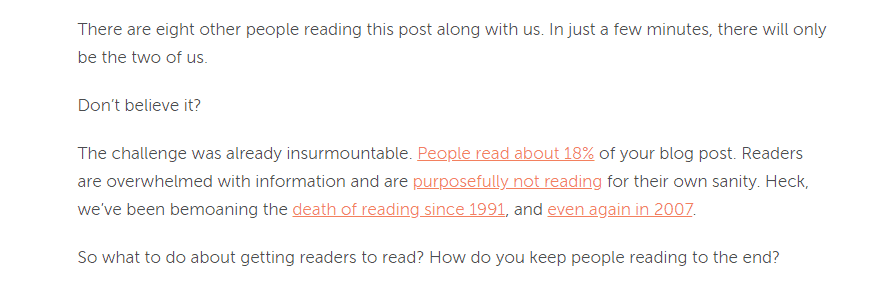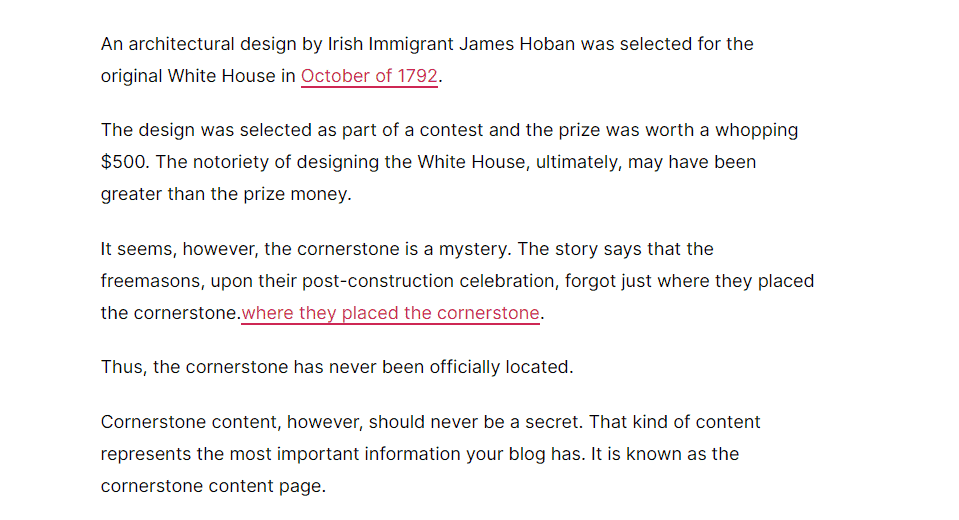I love good hooks as much as the next person. We see them in movies all the time.
One of my favorite movies in the past couple of years was Wonder Woman. The film, of course, has Gal Gadot playing Diana, Princess of the Themyscira. I always loved the TV series with Linda Carter.
In the movie, the scene pans from earth to modern-day, where Diana is going to her office. At the same time, an armored truck pulls up with Wayne Enterprises on the side. Two men get out, and one delivers a briefcase to Diana.
As she opens the briefcase, the camera pans to see a picture that Bruce Wayne sends. Included with the snapshot is a note telling her he found the original and hopes Diana will tell the story one day.

The scene then moves to when she was a little girl being trained.
You can see the opening scene here.
What a way to start a story!
The opening scene in a movie is an example of hooking a viewer. Some people call it a story gap or a gap.
As writers, we need to have an introduction that pulls in the reader, much like a movie has a story gap.
Today we are going to discuss three no-frills tips for writing more engaging content, and we will start with the introduction.
Pay attention to your introduction
It seems as if introductions are looked over quite often when I look at articles. Your introduction needs to have a hook.
Why, because if you lose your reader before they are finished reading the introduction, you lose them for the entire post.
Introductions are often as important as the title. I mean, if you spend time working on a compelling title to get people to read, then you need to keep them hooked during the introduction.
I always tell people there are two ways to create a hook in your blog post. First, use a compelling story that you can use to segue into your article.
Second, find the kind of data that can create a hook because it is so surprising.
Julie Neidlinger calls it an interesting fact in her article at CoSchedule. And, she gives a great example in the very article she writes about good introductions.
You can see the interesting information in which she leads in the screenshot below.

She goes on to give six more reasons in an excellent article about introductions.
I personally like to use a story. The key to using a story is that it has to be able to connect to the article.
Here is one I did for an article at a popular marketing blog.

One of the best things you can do is to write your introduction last, which helps you make these connections.
Neidlinger explains,
“Only after you have finished your thesis, your analysis, your conclusion — the meat of your post — do you attempt the introduction. After all of that has been written, you know better off what your introduction is. Your thesis is what needs to drive your post, not your introduction.” Source: CoSchedule
She’s right. Pay attention to your introduction.
Write like a copywriter, not an English major
Look, I love my English professor too. She was awesome. She taught me to be more specific, or at least she tried. She taught me how to write papers my other professors would like.
If you want to be an academic writer, that’s fine. Write for an academic journal. However, if you are going to write for your audience, be more like a copywriter.
What does that mean?
Write to persuade, not just to inform.
I am not advocating to forget your grammar, not at all. Get an account of Grammarly or ProWritingAid. Use it to double-check your work. Make sure you have your grammar down and words spelled correctly.
However, pay attention to copywriting because sometimes it works to break the rules.
Robin Geuens has some great tips at Jeff Bullas’ blog about using copywriting in content marketing.
Cite your sources that give your article authority
Citing sources is a no-brainer. I mean, seriously, if you are talking about someone else’s idea, you cite the source. This is rocket science, my friends.
Remember back when you were in college, and you had to cite your sources in your paper. Yeah, that, however, there is a way to do it in blog posts.
We are, after all, brand experts to our audience.
Angela Tague reminds us,
“Brands are experts in their respective fields. But to authentically bolster their thought leadership and win over new consumers, it behooves them to dig deep and give their readers information that has depth beyond basic details or opinionated musings.”
Source: ClearVoice
Corey Wainwright gives three different ways you can cite a source within a blog post.
https://blog.hubspot.com/blog/tabid/6307/bid/33098/how-not-to-steal-people-s-content-on-the-web.aspx
To increase your authority, refer to sources that are studies such as the ones mentioned here at ClearVoice. Joanna Wiebe of Copyhackes refers to using academic studies in this tutorial video. Imagine referencing information in academic research. That would increase your authority quickly.
Another option is to do your own study.
As she said in her Tuesday Tutorial from 2018,
“But a study might be something that you’ve done. Did you guys learn something at your business? Did you put an event together and have an AB test for your landing page? Something like that. It doesn’t always have to be an AB test either, but is there a study, is there something that’s like, “Here’s some proof that what I’m saying is not just something I’m making up.” So have two studies.”
Source: Copyhackers
When you use good sources for your articles, this will give you authority to your audience.
Wrapping it up
There are many things you can do to make your content more compelling, but these three items are fundamental.
Be sure to pay attention to your introductions. You can use a story or an interesting piece of information to hook your reader.
Brush up on your copywriting tips, and be sure to edit. Make sure you write more like you speak than like you are writing for your English professor.
Boost the authority of your articles with relevant sources and original studies that you can point your audience to give your thoughts credibility. As a result, you will further differentiate you from others in the field who slide by on weak content.
What else do you do to make your content more compelling? Let us know in the MainWP community or the MainWP Users Facebook group.







